HSBC 2015 Annual Report Download - page 204
Download and view the complete annual report
Please find page 204 of the 2015 HSBC annual report below. You can navigate through the pages in the report by either clicking on the pages listed below, or by using the keyword search tool below to find specific information within the annual report.-
 1
1 -
 2
2 -
 3
3 -
 4
4 -
 5
5 -
 6
6 -
 7
7 -
 8
8 -
 9
9 -
 10
10 -
 11
11 -
 12
12 -
 13
13 -
 14
14 -
 15
15 -
 16
16 -
 17
17 -
 18
18 -
 19
19 -
 20
20 -
 21
21 -
 22
22 -
 23
23 -
 24
24 -
 25
25 -
 26
26 -
 27
27 -
 28
28 -
 29
29 -
 30
30 -
 31
31 -
 32
32 -
 33
33 -
 34
34 -
 35
35 -
 36
36 -
 37
37 -
 38
38 -
 39
39 -
 40
40 -
 41
41 -
 42
42 -
 43
43 -
 44
44 -
 45
45 -
 46
46 -
 47
47 -
 48
48 -
 49
49 -
 50
50 -
 51
51 -
 52
52 -
 53
53 -
 54
54 -
 55
55 -
 56
56 -
 57
57 -
 58
58 -
 59
59 -
 60
60 -
 61
61 -
 62
62 -
 63
63 -
 64
64 -
 65
65 -
 66
66 -
 67
67 -
 68
68 -
 69
69 -
 70
70 -
 71
71 -
 72
72 -
 73
73 -
 74
74 -
 75
75 -
 76
76 -
 77
77 -
 78
78 -
 79
79 -
 80
80 -
 81
81 -
 82
82 -
 83
83 -
 84
84 -
 85
85 -
 86
86 -
 87
87 -
 88
88 -
 89
89 -
 90
90 -
 91
91 -
 92
92 -
 93
93 -
 94
94 -
 95
95 -
 96
96 -
 97
97 -
 98
98 -
 99
99 -
 100
100 -
 101
101 -
 102
102 -
 103
103 -
 104
104 -
 105
105 -
 106
106 -
 107
107 -
 108
108 -
 109
109 -
 110
110 -
 111
111 -
 112
112 -
 113
113 -
 114
114 -
 115
115 -
 116
116 -
 117
117 -
 118
118 -
 119
119 -
 120
120 -
 121
121 -
 122
122 -
 123
123 -
 124
124 -
 125
125 -
 126
126 -
 127
127 -
 128
128 -
 129
129 -
 130
130 -
 131
131 -
 132
132 -
 133
133 -
 134
134 -
 135
135 -
 136
136 -
 137
137 -
 138
138 -
 139
139 -
 140
140 -
 141
141 -
 142
142 -
 143
143 -
 144
144 -
 145
145 -
 146
146 -
 147
147 -
 148
148 -
 149
149 -
 150
150 -
 151
151 -
 152
152 -
 153
153 -
 154
154 -
 155
155 -
 156
156 -
 157
157 -
 158
158 -
 159
159 -
 160
160 -
 161
161 -
 162
162 -
 163
163 -
 164
164 -
 165
165 -
 166
166 -
 167
167 -
 168
168 -
 169
169 -
 170
170 -
 171
171 -
 172
172 -
 173
173 -
 174
174 -
 175
175 -
 176
176 -
 177
177 -
 178
178 -
 179
179 -
 180
180 -
 181
181 -
 182
182 -
 183
183 -
 184
184 -
 185
185 -
 186
186 -
 187
187 -
 188
188 -
 189
189 -
 190
190 -
 191
191 -
 192
192 -
 193
193 -
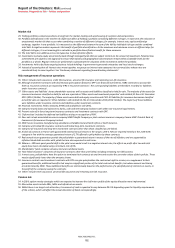 194
194 -
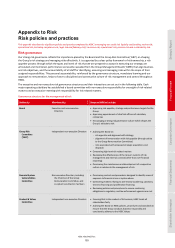 195
195 -
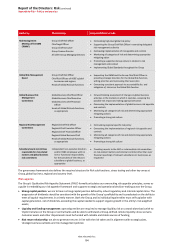 196
196 -
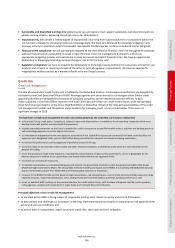 197
197 -
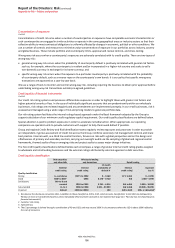 198
198 -
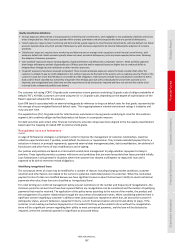 199
199 -
 200
200 -
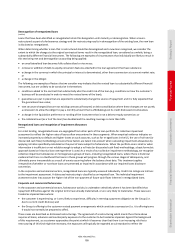 201
201 -
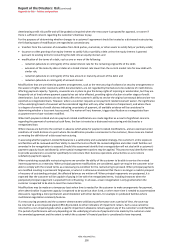 202
202 -
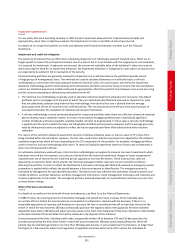 203
203 -
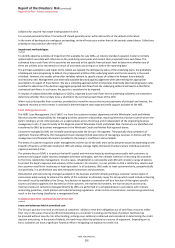 204
204 -
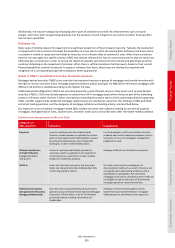 205
205 -
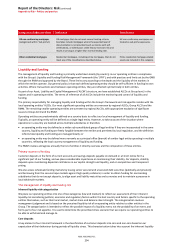 206
206 -
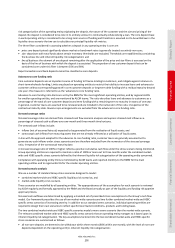 207
207 -
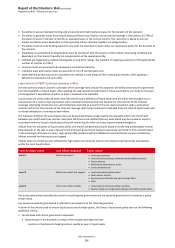 208
208 -
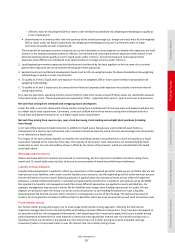 209
209 -
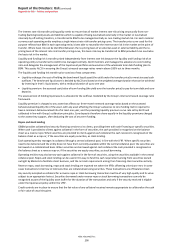 210
210 -
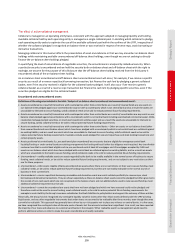 211
211 -
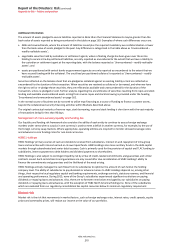 212
212 -
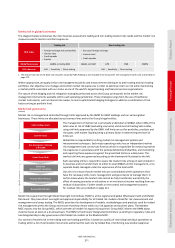 213
213 -
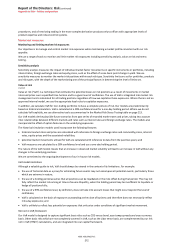 214
214 -
 215
215 -
 216
216 -
 217
217 -
 218
218 -
 219
219 -
 220
220 -
 221
221 -
 222
222 -
 223
223 -
 224
224 -
 225
225 -
 226
226 -
 227
227 -
 228
228 -
 229
229 -
 230
230 -
 231
231 -
 232
232 -
 233
233 -
 234
234 -
 235
235 -
 236
236 -
 237
237 -
 238
238 -
 239
239 -
 240
240 -
 241
241 -
 242
242 -
 243
243 -
 244
244 -
 245
245 -
 246
246 -
 247
247 -
 248
248 -
 249
249 -
 250
250 -
 251
251 -
 252
252 -
 253
253 -
 254
254 -
 255
255 -
 256
256 -
 257
257 -
 258
258 -
 259
259 -
 260
260 -
 261
261 -
 262
262 -
 263
263 -
 264
264 -
 265
265 -
 266
266 -
 267
267 -
 268
268 -
 269
269 -
 270
270 -
 271
271 -
 272
272 -
 273
273 -
 274
274 -
 275
275 -
 276
276 -
 277
277 -
 278
278 -
 279
279 -
 280
280 -
 281
281 -
 282
282 -
 283
283 -
 284
284 -
 285
285 -
 286
286 -
 287
287 -
 288
288 -
 289
289 -
 290
290 -
 291
291 -
 292
292 -
 293
293 -
 294
294 -
 295
295 -
 296
296 -
 297
297 -
 298
298 -
 299
299 -
 300
300 -
 301
301 -
 302
302 -
 303
303 -
 304
304 -
 305
305 -
 306
306 -
 307
307 -
 308
308 -
 309
309 -
 310
310 -
 311
311 -
 312
312 -
 313
313 -
 314
314 -
 315
315 -
 316
316 -
 317
317 -
 318
318 -
 319
319 -
 320
320 -
 321
321 -
 322
322 -
 323
323 -
 324
324 -
 325
325 -
 326
326 -
 327
327 -
 328
328 -
 329
329 -
 330
330 -
 331
331 -
 332
332 -
 333
333 -
 334
334 -
 335
335 -
 336
336 -
 337
337 -
 338
338 -
 339
339 -
 340
340 -
 341
341 -
 342
342 -
 343
343 -
 344
344 -
 345
345 -
 346
346 -
 347
347 -
 348
348 -
 349
349 -
 350
350 -
 351
351 -
 352
352 -
 353
353 -
 354
354 -
 355
355 -
 356
356 -
 357
357 -
 358
358 -
 359
359 -
 360
360 -
 361
361 -
 362
362 -
 363
363 -
 364
364 -
 365
365 -
 366
366 -
 367
367 -
 368
368 -
 369
369 -
 370
370 -
 371
371 -
 372
372 -
 373
373 -
 374
374 -
 375
375 -
 376
376 -
 377
377 -
 378
378 -
 379
379 -
 380
380 -
 381
381 -
 382
382 -
 383
383 -
 384
384 -
 385
385 -
 386
386 -
 387
387 -
 388
388 -
 389
389 -
 390
390 -
 391
391 -
 392
392 -
 393
393 -
 394
394 -
 395
395 -
 396
396 -
 397
397 -
 398
398 -
 399
399 -
 400
400 -
 401
401 -
 402
402 -
 403
403 -
 404
404 -
 405
405 -
 406
406 -
 407
407 -
 408
408 -
 409
409 -
 410
410 -
 411
411 -
 412
412 -
 413
413 -
 414
414 -
 415
415 -
 416
416 -
 417
417 -
 418
418 -
 419
419 -
 420
420 -
 421
421 -
 422
422 -
 423
423 -
 424
424 -
 425
425 -
 426
426 -
 427
427 -
 428
428 -
 429
429 -
 430
430 -
 431
431 -
 432
432 -
 433
433 -
 434
434 -
 435
435 -
 436
436 -
 437
437 -
 438
438 -
 439
439 -
 440
440 -
 441
441 -
 442
442 -
 443
443 -
 444
444 -
 445
445 -
 446
446 -
 447
447 -
 448
448 -
 449
449 -
 450
450 -
 451
451 -
 452
452 -
 453
453 -
 454
454 -
 455
455 -
 456
456 -
 457
457 -
 458
458 -
 459
459 -
 460
460 -
 461
461 -
 462
462 -
 463
463 -
 464
464 -
 465
465 -
 466
466 -
 467
467 -
 468
468 -
 469
469 -
 470
470 -
 471
471 -
 472
472 -
 473
473 -
 474
474 -
 475
475 -
 476
476 -
 477
477 -
 478
478 -
 479
479 -
 480
480 -
 481
481 -
 482
482 -
 483
483 -
 484
484 -
 485
485 -
 486
486 -
 487
487 -
 488
488 -
 489
489 -
 490
490 -
 491
491 -
 492
492 -
 493
493 -
 494
494 -
 495
495 -
 496
496 -
 497
497 -
 498
498 -
 499
499 -
 500
500 -
 501
501 -
 502
502
 |
 |
Report of the Directors: Risk (continued)
Appendix to Risk – Policies and practices
HSBC HOLDINGS PLC
202
collateral for secured real estate lending takes this time.
For secured personal facilities, final write-off should generally occur within 60 months of the default at the latest.
In the event of bankruptcy or analogous proceedings, write-off may occur earlier than at the periods stated above. Collections
procedures may continue after write-off.
Impairment methodologies
(Audited)
To identify objective evidence of impairment for available-for-sale ABSs, an industry standard valuation model is normally
applied which uses data with reference to the underlying asset pools and models their projected future cash flows. The
estimated future cash flows of the securities are assessed at the specific financial asset level to determine whether any of
them are unlikely to be recovered as a result of loss events occurring on or before the reporting date.
The principal assumptions and inputs to the models are typically the delinquency status of the underlying loans, the probability
of delinquent loans progressing to default, the prepayment profiles of the underlying assets and the loss severity in the event
of default. However, the models utilise other variables relevant to specific classes of collateral to forecast future defaults
and recovery rates. Management uses externally available data and applies judgement when determining the appropriate
assumptions in respect of these factors. We use a modelling approach which incorporates historically observed progression rates
to default to determine if the decline in aggregate projected cash flows from the underlying collateral will lead to a shortfall in
contractual cash flows. In such cases, the security is considered to be impaired.
In respect of collateralised debt obligations (‘CDO’s), expected future cash flows for the underlying collateral are assessed to
determine whether there is likely to be a shortfall in the contractual cash flows of the CDO.
When a security benefits from a contract provided by a monoline insurer that insures payments of principal and interest, the
expected recovery on the contract is assessed in determining the total expected credit support available to the ABS.
Loan management unit
The HSBC Loan Management Unit (‘LMU’) is a front line customer contact department within Wholesale Credit and Market
Risk that assumes responsibility for managing business customer relationships requiring intensive and close control where the
bank’s lending is at risk. LMU operates on a regional basis across the Group and is independent of the originating business
management units. It reports locally to the Regional Head of Wholesale Credit and Market Risk. Customers are identified and
transferred to LMU by business management or the Wholesale Credit and Market Risk approval teams.
Customers managed by LMU are normally operating outside the Group’s risk appetite. They typically show symptoms of
significant financial difficulty, the management team displays limited experience of managing a business in distress and the
management and financial information provided to the Group is insufficient and unreliable.
The levels of customer exposure under management and the size of the LMU team varies between countries depending on the
breadth of business undertaken locally but LMU will always manage highly distressed situations where individual customer
exposure exceeds $1.5m.
The primary focus of LMU is to protect the bank's capital and minimise losses by working consensually with customers to
promote and support viable recovery strategies wherever achievable, with the ultimate intention of returning the customer
to front line relationship management. In some cases, rehabilitation is not possible and LMU will consider a range of options
to protect the bank's exposure and solvency of the customer. On occasion, it is not possible to find a satisfactory solution and
the customer may file for insolvency or local equivalent. In all outcomes, LMU seeks to treat customers fairly, sympathetically
and positively, in a professional way with transparent processes and procedures.
Remediation and restructuring strategies available in the business and LMU include granting a customer various types of
concessions while seeking to enhance the ability of the customer to ultimately repay the Group which could include enhancing
the overall security available to the Group. Any decision to approve a concession will be a function of the regions specific
country and sector appetite, the key metrics of the customer, the market environment, the loan structure and security.
Internal reviews on customers managed directly by LMU are performed on a scheduled basis in accordance with relevant
accounting guidelines, credit policies and national banking regulations. Under certain circumstances, concessions granted may
result in the loan being classified as a renegotiated loan.
Collateral and other credit enhancements held
(Audited)
Loans and advances held at amortised cost
The Group’s practice is to lend on the basis of customers’ ability to meet their obligations out of cash flow resources rather
than rely on the value of security offered. Depending on a customer’s standing and the type of product, facilities may
be provided without security. For other lending, a charge over collateral is obtained and considered in determining the credit
decision and pricing. In the event of default, the bank may utilise the collateral as a source of repayment. Depending on its
form, collateral can have a significant financial effect in mitigating our exposure to credit risk.
